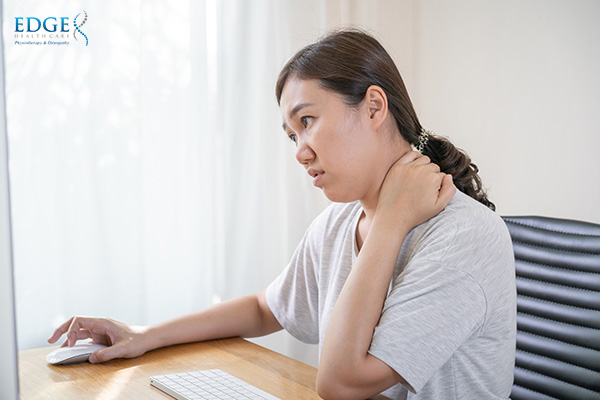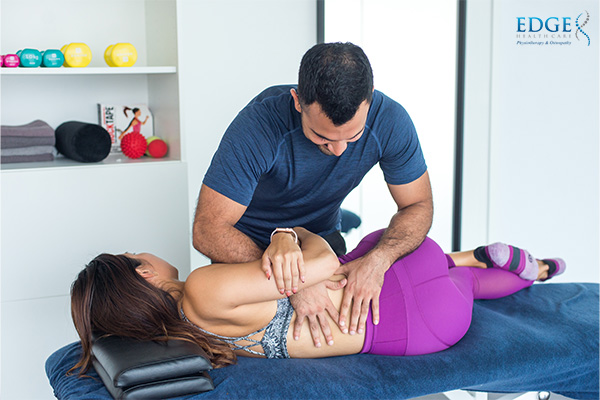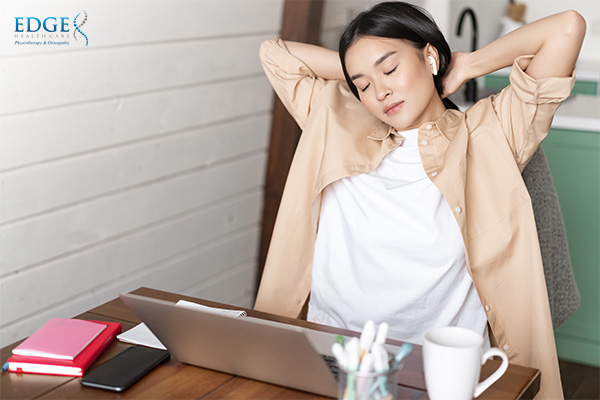
Working from home rapidly became the default for many people at the outset of the covid-19 pandemic. While you might enjoy the comforts of working in a more relaxed environment and saving time on your commute, sitting at a desk in your house for hours a day comes with many drawbacks.
The switch to working from home came suddenly and didn’t give people enough time to purchase adequate home office set-ups. Furniture like ergonomic chairs, or desks at the right height for your eye-level. This combination has led to an increase in back pain among Singaporeans, especially by those who spend a large amount of time sitting in a stationary position.
So what are the measures you can take to avoid developing back issues? If you are already experiencing pain in your lower back, how can you seek treatment at an osteopathic centre in Singapore?
1. Keeping good posture
Although many of us know of the importance of good posture, we don’t always make a conscious effort to maintain one. Very few people know what good posture while sitting is even supposed to look like.
The first thing to do is sit comfortably all the way to the back of the chair. This position keeps your back in a relaxed, natural position. Avoid sitting too upright, and do not hunch over your desk. Doing those things puts pressure on your tissue and joint in the back if for prolonged periods of time.
This is where an ergonomic chair with back support comes in useful. However, if you don’t have an ergonomic chair, use a small pillow or cushion. It’s no replacement for a good chair, but it’s better than letting your lower back suffer.

2. Talk to your doctor or physio
If you are already experiencing back pain, the best thing to do is talk to your doctor and get a recommendation for a physiotherapy clinic near you. Physiotherapists have a range of methods to help relieve back pain and restore mobility. Most people are familiar with active physical therapy, which involves specific exercises, stretching, and massages.
There’s also passive physical therapy which involves heat application, ice packs, and dry needling. A combination of both methods is usually used to treat patients.
An alternative to physiotherapy would be making the trip to an osteopathic centre. Osteopaths look at the body holistically and identify problem areas in your bones and joints to get to the root of the problem via manual therapies.

3. Positional Changes
Working from home usually means fewer distractions in the form of colleagues or work meetings. For some, this results in better productivity, but also increases the number of hours you are sitting still. This may not be ideal if you do it for hours without a break.
Our recommendation is to remind yourself to take breaks from sitting down every so often. Whether it’s taking 5 minutes to stand up and stretch every few hours, or going for a walk during your lunch break, any kind of occasional movement can help relieve strains and stresses on your back.
Lower back pain is best prevented rather than treated. Take note of the small, simple habits you can change to ensure you’re taking care of one of the most important parts of your body.
If you already have mild or severe back pain, then the sooner you get treatment, the better. Whether you choose a physiotherapy clinic or an osteopathic centre, seeking help early for back pains is always a good decision.
Remember that your treatment doesn’t stop there. Once back home, you have to continue with your back exercises and ensure you practice good posture and sitting habits to reduce the strain on your lower back.
Have a question about sports physiotherapy or osteopathy? Contact us today to learn more.

